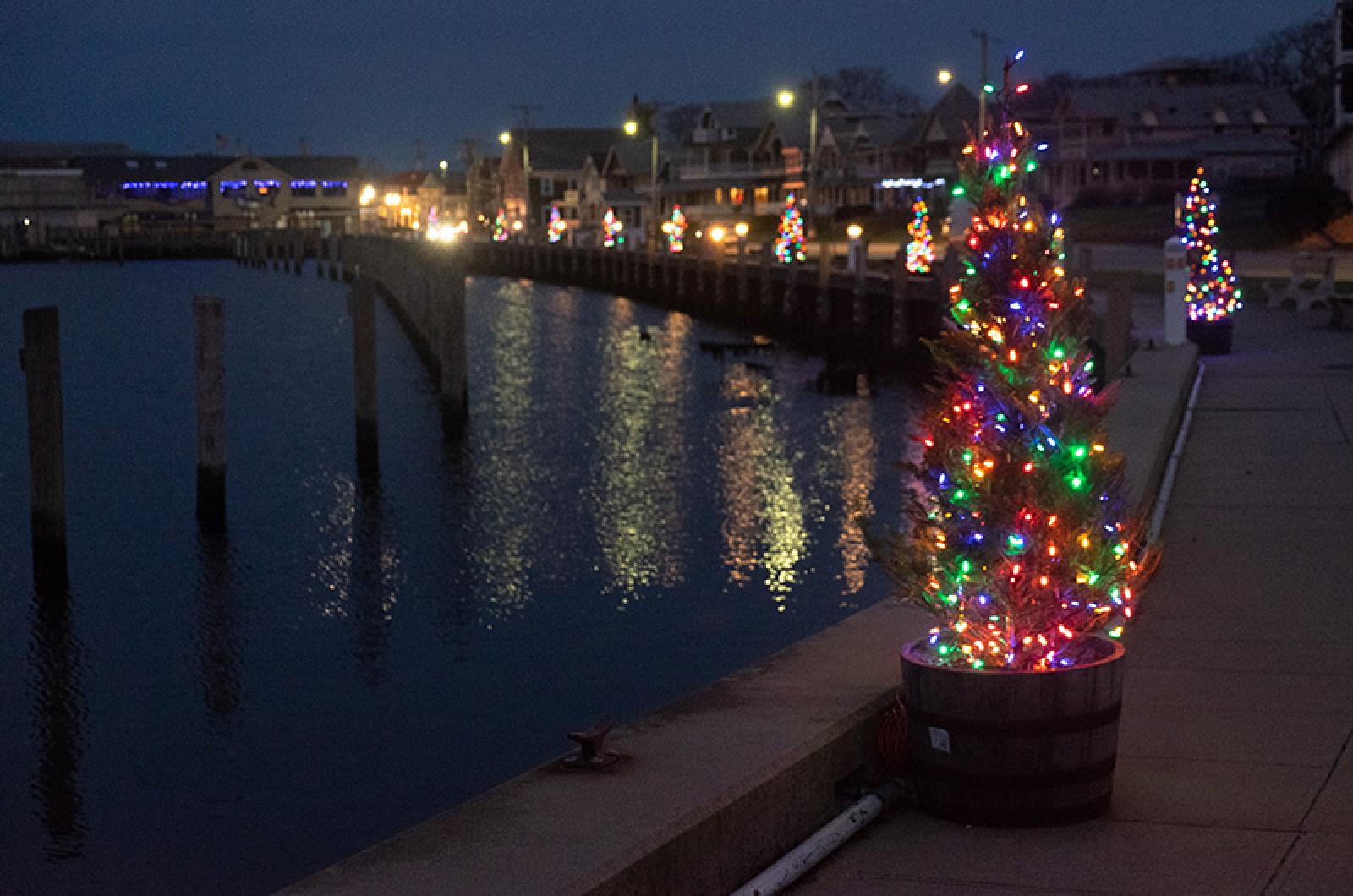Call me Scrooge, but I want to talk about a holiday tradition that needs to be disposed of: waste.
The holiday season ranks number one in garbage production. ‘Tis the season to take out the trash. Between Thanksgiving and New Year’s Day, the production of trash in the United States increases by 25 per cent. That translates into one million extra tons of garbage per week.
Some of that garbage will end up in a landfill and produce greenhouse gases, including methane. Methane is particularly problematic, as its impact on climate change can be greater than carbon dioxide over time. Landfills are the third largest source of human-related methane emission, so anything we can do to reduce this gas is important.
Though none of us are dreaming of a trashy holiday, consider that annually we use 38,000 miles of ribbon (enough to wrap around the planet, with extra for the bow), eleven billion dollars’ worth of packing materials, and fifteen million holiday trees. Luckily, almost 98 per cent of corrugated cardboard is recycled (good job people), and live trees generally come from farms and not forests.
It is easy to reduce this impact. If folks wrapped just three fewer gifts, collectively we would save enough paper to cover 45,000 football fields. Be creative and thrifty when wrapping gifts by using reusable ribbons, natural materials, old maps, comics (my grandmother saved them all year for this practice), or last years’ paper (always open gifts slowly and carefully).
Those holiday cards are great, and so are calls and video chats to have conversations with friends old and new. We share 2.6 billion cards annually — enough to fill a football field 10 stories high. Save the cover of the cards for to/from gift tags (that’s a trick my mother-in-law shared with me).
We definitely eat too much during this holiday season, and we also don’t eat enough. Food waste is common and perhaps to excess. Over 200 million pounds of turkey didn’t end up in our bellies and was thrown away after Thanksgiving. There are lots of parties and celebrations, and who wants to run out of goodies? Bring smaller amounts of food to parties, bring containers to take home food for later, and always try to compost or keep food wastes out of the waste stream. We are fortunate here on the Island to be able to bring food scraps to our local dumps.
What about those lights? Yes, they look fabulous and are so festive, and there are ways to reduce their impact. Shut them off when you go to sleep, or put them on a timer so you and others enjoy them when we are most likely to see them, but not through the night. Be sure to consider LEDs for your holiday lighting needs.
You don’t need to give up gifts or stop the festivities — there are ways to reduce your consumption and impact. Of course, buy local from shopkeepers, artisans, thrift stores, library book sales and service providers (plumbers, electricians, massage, home repairs/maintenance are all good in my book). Also consider gifts of experiences — plans for time together (IOUs for a special dinner, tasks, or favors), support of local nonprofits, and consumables (food and drink are always welcome in my house). Definitely re-gift, as over 30 per cent of us have holiday gifts in our closet that were given to us the year before and never used.
By the time you read this it will likely be too late to do anything differently this year, but the New Year is right around the corner. Don’t despair, enjoy the holiday and think about a resolution to make a few small changes. Consider these changes your gifts to the planet and to future generations.
Suzan Bellincampi is director of the Felix Neck Wildlife Sanctuary in Edgartown, and author of Martha’s Vineyard: A Field Guide to Island Nature and The Nature of Martha’s Vineyard.




Comments
Comment policy »